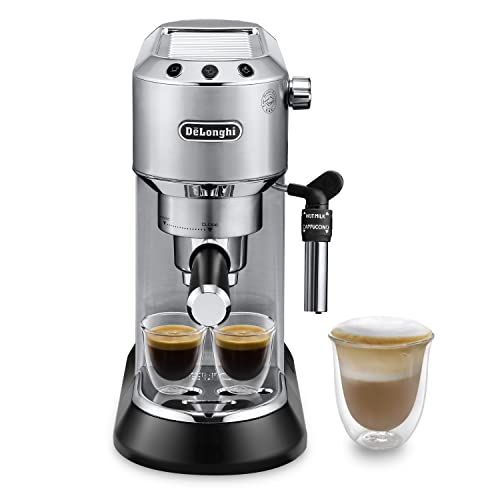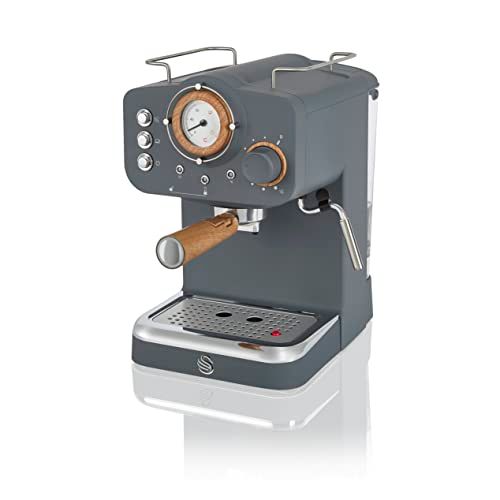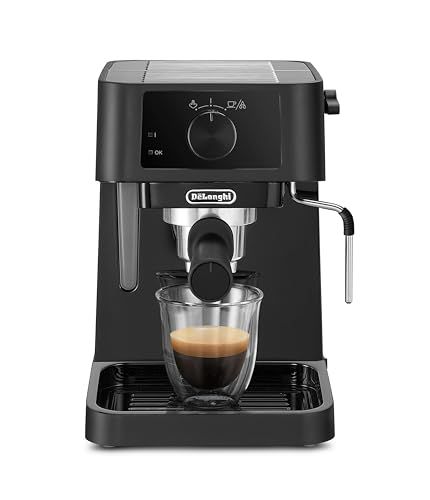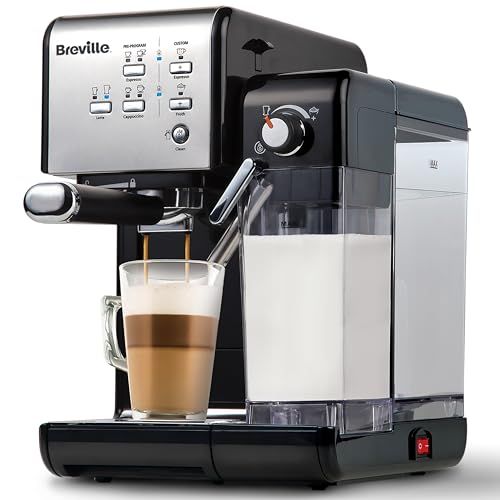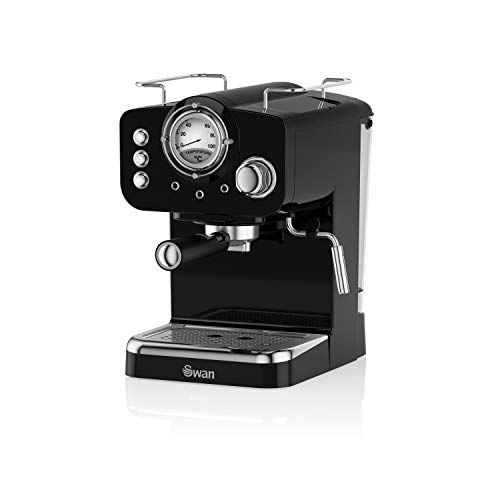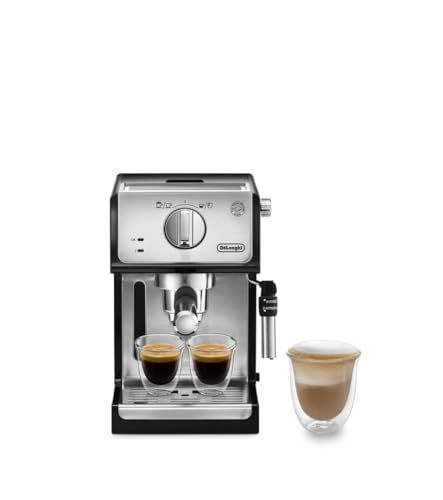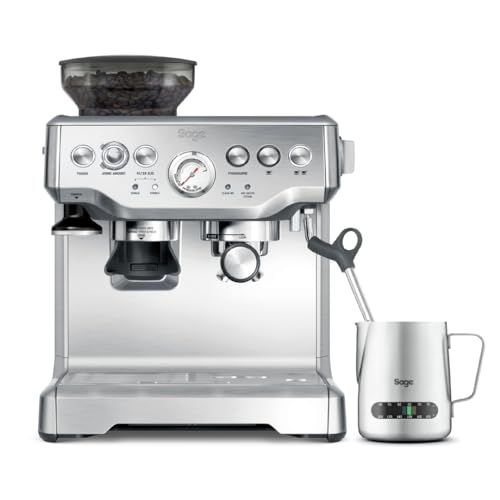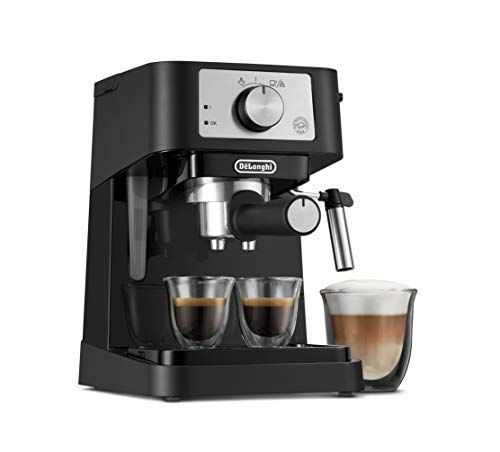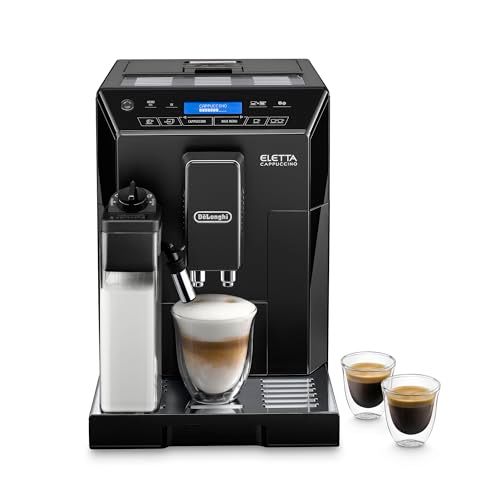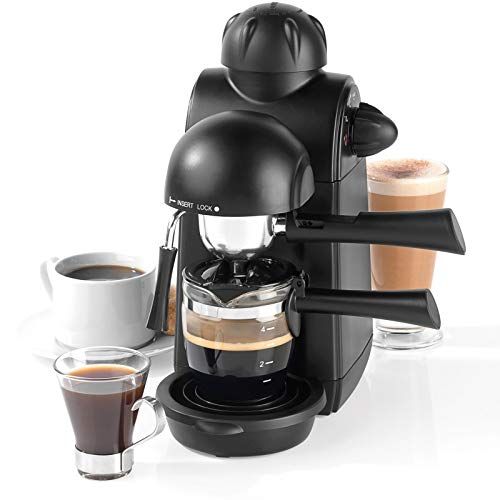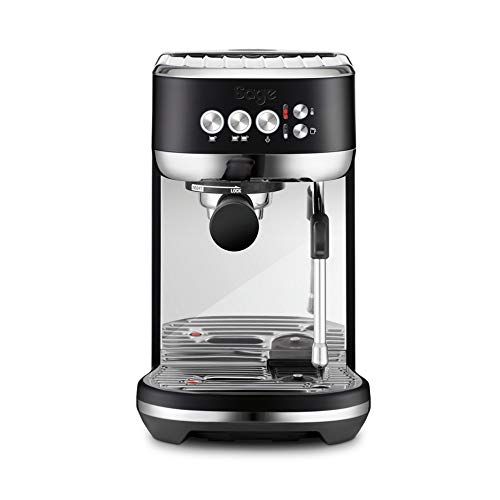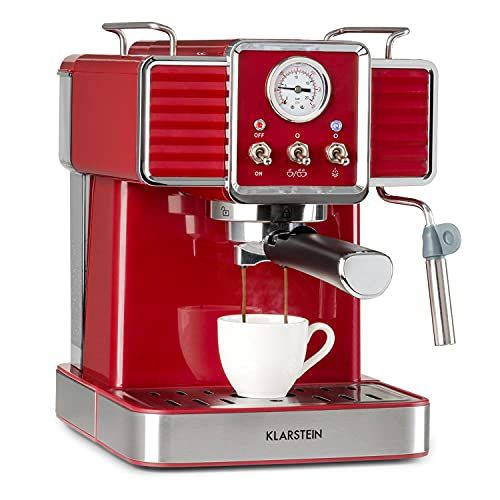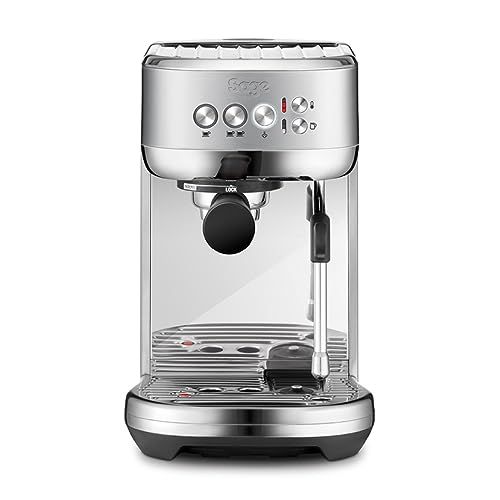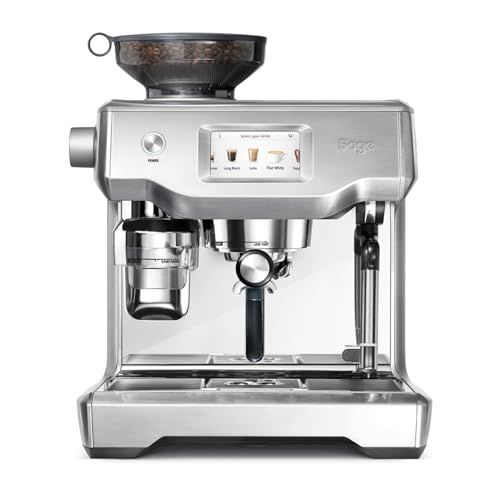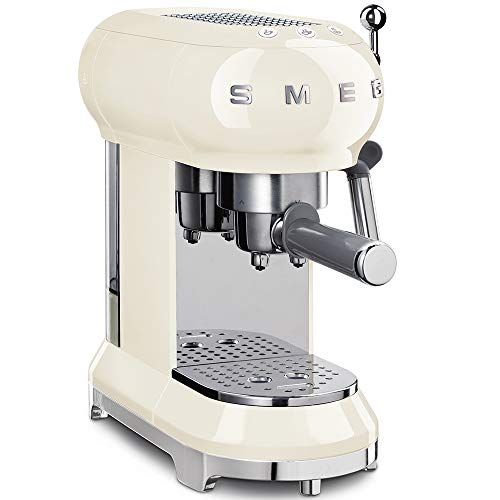Categories
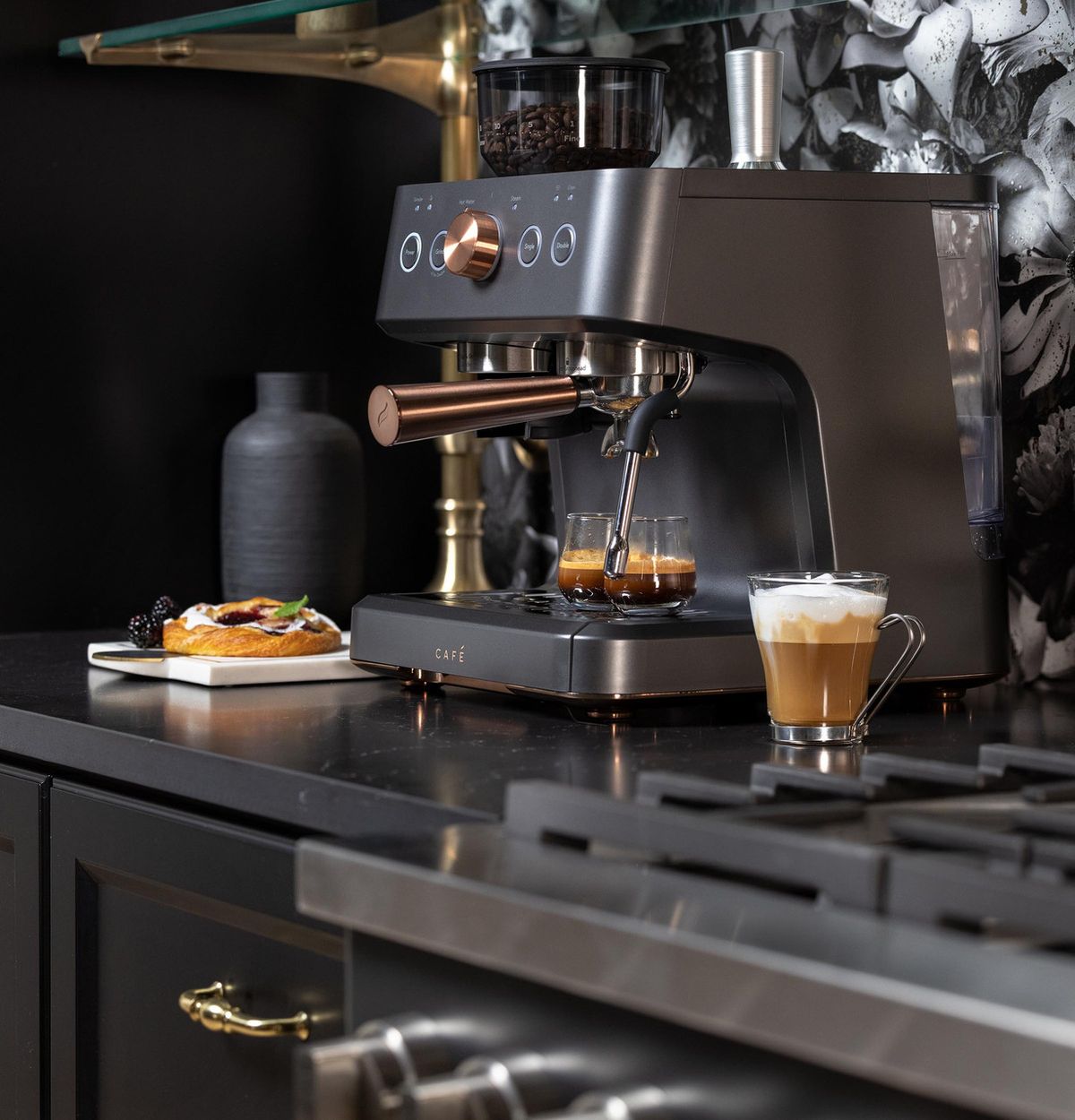
Espresso is a concentrated form of coffee made by forcing hot water under pressure through finely ground coffee beans. The result is a thick, syrupy coffee with a rich aroma and bold flavor.
The origins of espresso date back to the early 20th century in Italy, where the first espresso machines were developed. The technology allowed baristas to quickly brew single servings of coffee on demand for customers. This was revolutionary, as previous coffee brewing methods produced large batches that would sit for long periods.
Espresso grew in popularity in Italian coffee bars and cafes in the years following World War II. The culture of drinking espresso standing at the bar counter became a social tradition. Italians would stop by their local cafe for a quick espresso shot as part of their daily routine.
Today, espresso remains an iconic beverage in Italian culture. It's also popular worldwide, with specialty coffee shops using high-quality beans and machines to serve espresso drinks like cappuccinos, lattes, and more. The rich, concentrated flavor of espresso is loved by many for providing a quick caffeine jolt.
How Espresso Machines Work
Espresso machines use pressure and hot water to produce a concentrated coffee beverage known as espresso. There are several key components that make this process possible:
Boiler - Heats water to the optimal brewing temperature of 195-205°F. Espresso requires hotter water compared to drip coffee.
Pump - Applies pressure (ideally 9 bars) to push hot water through the coffee grounds. More pressure extracts more flavor from the grounds.
Portafilter - Holds the filter basket which contains the ground coffee dose. Locks into the grouphead.
Grouphead - Where hot water passes through the portafilter to soak the coffee grounds.
Steam Wand - Produces steam to froth and heat milk for espresso drinks like cappuccinos.
The espresso extraction process works as follows:
Coffee grounds are finely ground and dosed into the portafilter's filter basket. The optimal dose is 7-10g for a single shot.
Tamping compresses the coffee into a dense puck to allow even water dispersion.
The portafilter locks into the grouphead so water can pass through the coffee.
When the brew button is pressed, the pump pushes hot water through the coffee at high pressure.
A single espresso shot of 1-2 ounces is extracted in around 25-30 seconds. The resulting espresso has a thick, concentrated texture with crema foam on top.
Types of Espresso Machines
Espresso machines come in several types, each with their own pros and cons. Understanding the differences can help you choose the right model for your needs.
Manual Espresso Machines
Manual espresso machines require you to operate the levers and pumps by hand. They give you maximum control over pressure and extraction, allowing you to pull the perfect shot once you learn the proper technique. However, they require practice and skill to master. Manual machines also require more effort to operate and are less consistent than automated options.
Pros: - Total control over pressure and extraction - Can produce amazing espresso once mastered - Often less expensive than automatic machines
Cons: - Requires skill and practice to operate well - More effort to pull shots - Results can be inconsistent
Semi-Automatic Espresso Machines
Semi-automatic machines automate the pressure and water delivery, but still require you to manually grind, dose, and tamp the coffee. They are easier to use than manual models but give the user more control than super-automatics.
Pros: - Easier to use than manual machines - Still allows some user control - More consistent results than manual
Cons: - Requires user to dose, tamp, etc. - Not as hands-off as automatic machines
Automatic Espresso Machines
Automatic espresso machines handle the entire process from grinding to brewing with the push of a button. They are very convenient but give up control compared to manual and semi-automatic models.
Pros: - Fully automated operation - Very convenient and easy to use - Consistent results
Cons: - Less user control over variables - Requires coffee beans instead of pre-ground - More expensive than manual and semi-auto
Super-Automatic Espresso Machines
Super-automatics take automation one step further by including a built-in bean grinder. With a single button press, they will automatically grind, dose, tamp, extract, and eject spent grounds.
Pros: - Maximum convenience with no effort - Built-in grinder for freshest coffee - Very consistent and easy operation
Cons: - High price point - Little to no control over variables - Prone to maintenance issues
Espresso Grinders
A quality grinder is essential for making delicious espresso at home. The grinder is responsible for grinding coffee beans into a fine, consistent powder ideal for espresso extraction. There are two main types of grinders to consider - burr grinders and blade grinders.
Burr grinders are considered superior for espresso preparation. They grind beans between two abrasive surfaces called burrs to produce an even, uniform grind. This allows you to grind beans to the ideal fine texture required for espresso. Burr grinders also give you more control over grind size. Espresso requires a very fine, powder-like grind. A burr grinder allows you to adjust the grind setting to achieve this precise texture.
In contrast, blade grinders work by spinning a fast moving metal blade that chops up the coffee beans. The grind tends to be inconsistent, with fine coffee dust and large gritty particles. This uneven grind can lead to poor extraction and bitterness in the espresso. The lack of grind size control is another downside of blade grinders for espresso preparation.
When selecting a burr grinder, look for models with durable ceramic or high-quality steel burrs. The grind mechanism should feel solid and well-constructed. Stepless grind size adjustability will allow you to fine tune the espresso grind. A grounds bin for holding enough ground coffee for multiple shots is also useful. For the best flavor, you want to grind beans fresh right before pulling each shot. Pre-ground coffee quickly loses aroma and tastes stale. Investing in a quality burr grinder will help you achieve cafe-quality espresso by grinding beans to order.
Choosing an Espresso Machine
Choosing the right espresso machine depends on several factors like your budget, how frequently you plan to use it, and your skill level. Here are some things to consider:
Budget
Entry-level machines suitable for beginners start around £150-£200. These are usually manual machines that require you to control the pressure. Mid-range semi-automatic machines cost £300-£600 and automate more functions like water pressure and temperature. High-end automatic machines run £600-£1,500+ and allow you to customize all settings and produce café-quality espresso.
Usage Frequency
If you only drink espresso occasionally, a manual machine may suffice. But if you drink multiple espressos daily, you'll want at least a semi-automatic. Frequent use requires easier workflow and consistency.
Skill Level
Beginners should start with an entry-level manual or semi-automatic machine. They're more forgiving as you learn to pull great shots. Enthusiasts will appreciate a mid-range semi-automatic or automatic machine with customizable settings and options to experiment.
Recommended Beginner Models
Gaggia Classic Manual Espresso Machine (£379) - easy to use with excellent temperature stability
Breville Bambino Plus (£329) - semi-automatic with automatic milk frothing
De'Longhi Dedica Style EC685 (£199) - compact semi-automatic, fast heat-up
Recommended Enthusiast Models
Rancilio Silvia (£615) - commercial-grade semi-automatic machine
La Marzocco Linea Mini (£3,750) - compact commercial-grade automatic machine
Rocket Appartamento (£1,599) - highly customizable, professional-level home espresso
The right espresso machine depends on your needs and skills. Beginners should start simple and upgrade as their interest and skills grow. Enthusiasts will appreciate high-end machines with maximum customization and control.
Making Espresso at Home
Making delicious espresso at home is possible with the right equipment and some practice. Here are some tips for pulling the perfect shot of espresso along with common beginner mistakes to avoid:
Tips for Pulling the Perfect Shot
Use freshly roasted beans and grind them right before brewing. The fresher the grounds, the better the extraction.
Invest in a quality burr grinder. Inconsistent grind sizes can lead to an imbalanced extraction. Aim for a fine, even grind.
Use the right amount of ground coffee - usually between 14-18g for a double shot. Don't overfill the portafilter basket.
Distribute the grounds evenly and tamp consistently with about 30lbs of pressure. This ensures even water flow.
Time the shot. It should take 25-30 seconds to pull a double shot from when you activate the machine. Much faster could be underextracted, much slower likely overextracted.
Watch the crema. Aim for an even, rich, golden brown layer of crema on top as a sign of a well-extracted shot.
Adjust the grind as needed. Finer grinds slow down the pour, coarser grinds speed it up. Dial it in based on shot timing.
Clean the machine regularly including backflushing. This prevents buildup affecting flavor.
Common Beginner Mistakes
Not grinding fresh beans right before brewing. Stale pre-ground coffee lacks flavors.
Using an inconsistent grind or inadequate grinder that produces fines and boulders.
Not tamping with enough pressure or evenly distributing the grounds in the portafilter.
Not timing the shot and allowing it to pull too fast or slow. 25-30 seconds is ideal.
Not adjusting the grind properly to achieve the right timing.
Not paying attention to crema texture and color.
Not cleaning the machine often enough leading to off tastes.
With quality equipment and some practice, you can make cafe-quality espresso drinks at home. Focus on even extraction and experiment until you achieve the perfect shot.
Espresso vs Coffee
Espresso and coffee are similar yet distinct brews of coffee beans. The main differences lie in how they are brewed and their flavor profiles.
Flavor Profile
Espresso has a stronger, richer, and more concentrated flavor compared to regular coffee. The intense flavor comes from using finely ground coffee beans brewed under pressure with hot water. This results in a thicker, syrupy consistency and complex flavor notes. Espresso often has chocolate, caramel, fruit, and nutty notes.
Regular coffee is brewed differently by steeping ground coffee in hot water. This produces a drink with a thinner consistency and milder flavor. Coffee tends to have more acidic, floral, and earthy notes. The flavor is not as bold or layered as espresso.
Caffeine Content
Despite having a stronger taste, espresso actually contains less caffeine than a regular cup of coffee. A 1.5 ounce (44 ml) shot of espresso has around 77 mg of caffeine. An 8 ounce (237 ml) cup of drip coffee has 180 mg of caffeine.
This is because espresso uses less ground coffee overall compared to drip coffee. However, espresso is often served in small concentrated shots meant to be mixed into larger milk-based drinks. The added milk lowers the caffeine level per total drink volume.
So while a single espresso shot has less caffeine, a large latte made with espresso contains more total caffeine than a typical mug of drip coffee. But in terms of concentration, espresso packs a more powerful caffeinated punch in a smaller serving.
Espresso Drink Recipes
Espresso shots are the base of many popular coffee drinks. The concentrated, strong flavor of espresso complements other ingredients like steamed milk, foam, syrups, and spices. Here are some classic espresso drink recipes to make at home with your espresso machine:
Cappuccino
A cappuccino is equal parts espresso, steamed milk, and foamed milk. The standard ratio is 1/3 espresso, 1/3 steamed milk, and 1/3 milk foam. The foam should have a thick, creamy texture. To make a cappuccino:
Pull a single or double shot of espresso.
Steam cold milk until hot and foamy.
Pour the espresso into a preheated cappuccino cup.
Spoon the foamed milk over the espresso so it floats on top.
Latte
Lattes consist of espresso and steamed milk with just a thin layer of foam. A standard latte is made with a double shot of espresso and 6-8 oz of steamed milk. To make a latte:
Pull a double shot of espresso.
Steam cold milk until hot and foamy.
Pour the espresso into a preheated latte glass or mug.
Spoon just a thin layer of foam on top.
Mocha
A mocha is a chocolate flavored latte. Make it by adding 2 tablespoons of chocolate syrup before pouring the steamed milk over the espresso. For extra richness, use dark chocolate syrup.
Americano
An americano is espresso diluted with hot water. Add hot water to the espresso shot until the drink reaches the desired strength. americanos are perfect for people who find straight espresso too intense.
Macchiato
A macchiato is a "marked" espresso—espresso with just a dot of foamed milk on top. Use a teaspoon to gently spoon foamed milk over a single shot of espresso.
Affogato
An affogato is a scoop of vanilla ice cream with a hot shot of espresso poured over the top. The heat slightly melts the ice cream for a delicious dessert drink.
Experiment with these classic recipes or create your own custom espresso drinks! The options are endless with an espresso machine at home.
Espresso Machine Maintenance
Proper maintenance is crucial for getting the most out of your espresso machine and ensuring it lasts. Here are some tips for keeping your machine in top shape:
Cleaning
Wipe down the outside of your machine daily to remove any coffee drips or splashes. Use a damp cloth for stainless steel machines.
Backflush your machine regularly by running plain water through it. This cleans out trapped grounds and oils. Follow your machine's manual for how often to backflush.
Deep clean the brew head, portafilter, and steam wand weekly. Remove mineral buildup and residue using a cleaning detergent and brush.
Change the water filter as recommended. A clean water supply prevents scale buildup.
Descaling
Descale every 3-6 months depending on your machine and water hardness. Use a commercial descaling solution specifically for espresso machines.
Follow the descaling procedure in your manual, allowing the solution to run through the system. Rinse thoroughly afterwards.
Descale more frequently if you notice decreased flow or mineral deposits. Scale damages internal components over time.
General Tips
Let your machine warm up for at least 30 minutes before pulling shots. This stabilizes temperature.
Purge the steam wand after frothing milk to clear out milk residue.
Empty the drip tray frequently to prevent overflowing.
Lubricate fittings and tighten parts as needed to fix leaks.
Proper cleaning and maintenance ensures your machine pulls quality espresso shots consistently. It also extends the lifespan of your investment. Follow your manual and adopt regular care habits.
The Future of Espresso
The world of espresso is constantly evolving as new innovations and trends emerge. Here's a look at what the future may hold for espresso machines and coffee brewing:
Innovations in Espresso Machines
Smarter, app-connected machines: New espresso machines are incorporating wifi and Bluetooth connectivity, allowing users to control and monitor extraction remotely through a smartphone app. This allows for precision tuning and consistency.
Improved pressure and temperature control: Advancements in pump, heating element, and PID (proportional-integral-derivative) technology allow machines to more finely control variables like pressure and temperature during extraction. This enhances flavor and allows for more customization.
Smaller footprints: With advanced engineering, manufacturers can pack more performance into smaller, more counter-space friendly machines. Expect to see more powerful one and two group machines with compact footprints.
Self-maintenance: Some new models have self-cleaning capabilities and reminders to prompt users to perform maintenance like backflushing. This automates upkeep.
Sustainability: Machines are being made with more recycled materials and designed for energy efficiency. Expect more eco-friendly machines in the future.
Third Wave Coffee Trends
Specialty roasting: Third wave roasters meticulously source beans and tailor roast profiles to highlight unique flavors. This produces more interesting and nuanced espressos.
Microfoam artistry: The craft of latte art is being pushed further, moving beyond traditional shapes towards stunning detailed designs. This makes drinks more visually appealing.
Alternative milks: Non-dairy milks like oat, soy, and almond are surging in popularity. This allows more customization of espresso drinks.
Cold brew: Iced and cold brew coffee drinks are on the rise. Expect more lower acidity cold espresso drinks on menus.
Single origin: More roasters and cafes are offering single origin espressos, allowing distinctive terroir and processing methods to shine through. This provides a more transparent taste experience.
The world of espresso continues to innovate and evolve. passionate third wave roasters and baristas are constantly raising the bar and discovering new ways to experience this beloved brew. The future looks bright for espresso enthusiasts.
Espresso Machines comparison
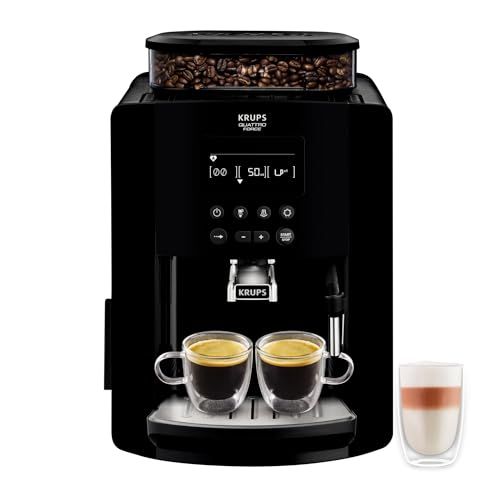 | 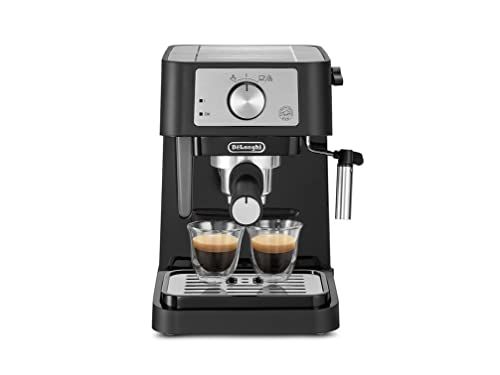 | 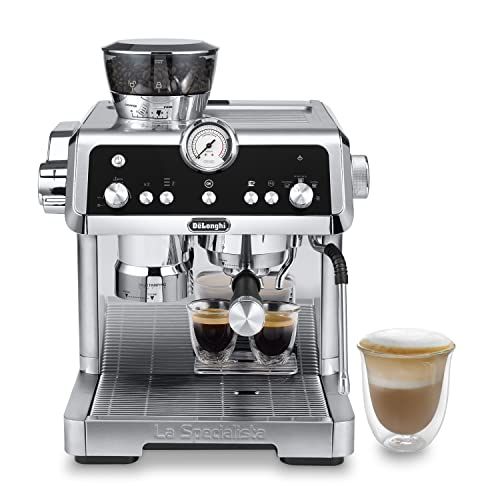 | 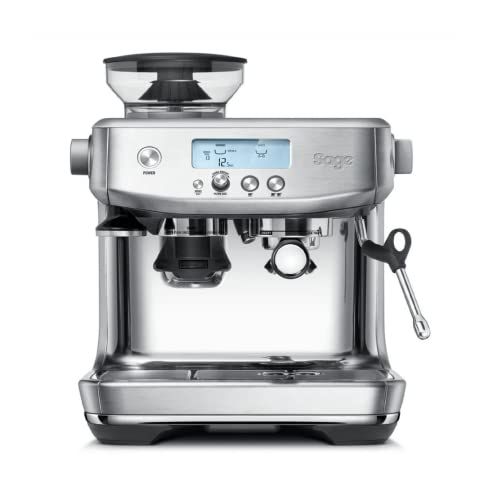 | 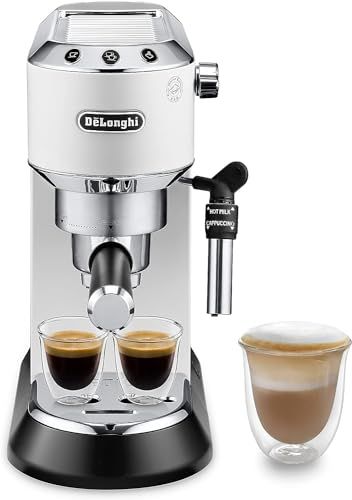 | |
|---|---|---|---|---|---|
| Model | Krups EA817040 | De'Longhi Stilosa EC260.BK | De'Longhi EC9355.M | Sage The Barista Pro | De'Longhi EC685.W |
| Brand | Krups | De'Longhi | De'Longhi | Sage | De'Longhi |
| Colour | Black | Black | Silver | Brushed Stainless Steel | White |
| Item Weight | 7 kg | 4.3 kg | 13.2 kg | 12 kg | 4.2 kg |
| Model Number | EA817040 | ec260.bk | EC9355M | SES878BSS | 8004399331211 |
| Noise Level | - | 44 dB | 44 dB | - | - |
| Product Dimensions | 36.5D x 24.5W x 33H centimetres | 8.1D x 13.5W x 11.2H centimetres | 31.5D x 36.9W x 44.5H centimetres | 41D x 40.5W x 44.5H centimetres | 39D x 37W x 20H centimetres |
| Special Features | Programmable | Removable Tank, Milk Frother | Permanent Filter, Thermal | Dishwasher Safe parts | Permanent_Filter |
| Voltage | - | 220 | 230 | 240 Volts | 220 Volts |
| Volume Capacity | - | 1 litres | - | - | 1.3 litres |
| Coffee Maker Type | Espresso Machine | Espresso Machine | Espresso Machine | Espresso Machine | Espresso Machine |
| Special Feature | Programmable | Removable Tank, Milk Frother | Permanent Filter, Thermal | Dishwasher Safe parts | Permanent_Filter |
| Price | £388.91 | £128.28 | £605.09 | £706.1 | £183.34 |
FAQ
What is an espresso coffee machine?
An espresso coffee machine uses pressure and hot water to produce concentrated coffee known as espresso. They allow you to make espresso-based drinks like cappuccinos, lattes, and macchiatos.
What are the different types of espresso machines?
The main types are pump espresso machines, steam-driven espresso machines, and capsule/pod espresso machines. Pump machines use an electric pump to generate 9+ bars of pressure. Steam machines use steam pressure from a boiler. Capsule machines use pre-packed pods.
What features should I look for in an espresso machine?
Look for consistent pressure, a fast heat-up time, a steam wand for frothing milk, a cup warming tray, a water filter, and easy-to-use controls. Higher-end machines may have features like dual boilers, PID temperature control, and programmable settings.
How much does a good home espresso machine cost?
Basic pump espresso machines start around £100-150. Mid-range machines with more power and features run £300-500. Prosumer and commercial-grade machines can cost £600-£2000+.
What maintenance does an espresso machine require?
Daily: Purge old water, clean the group head and portafilter. Weekly: Backflush with cleaning solution. Monthly: Descale machine. Replace water filter as needed.
What grind size should I use for espresso?
Use a fine grind, like powdered sugar. Espresso requires an extremely fine grind to extract properly using the high pressure. A consistent grind size is key for flavorful espresso.
How do I froth milk for cappuccinos and lattes?
Use the steam wand on your espresso machine. Position the tip just below the milk's surface until it starts spinning and heating. Then submerge to continue heating and incorporate air for silky froth.
How long does it take to pull an espresso shot?
A good espresso shot takes about 25-30 seconds. Shorter time under-extracts, while longer leads to over-extraction. Timing your shots helps ensure you achieve the proper espresso volume and flavor.
What is the ideal espresso to water ratio?
The common standard is a 1:2 ratio - 1 ounce (30ml) of espresso to 2 ounces (60ml) of water. This produces a balanced, full-bodied espresso. Larger ratios like 1:3 make a lungo. Smaller ratios like 1:1 make a ristretto.
How many grams of ground coffee do I need per espresso shot?
Use about 7-9 grams of finely ground coffee per shot. Adjust the amount based on your machine and personal taste preferences. Aim for 1-2 ounces of espresso in 25-30 seconds with evenly textured crema on top.
